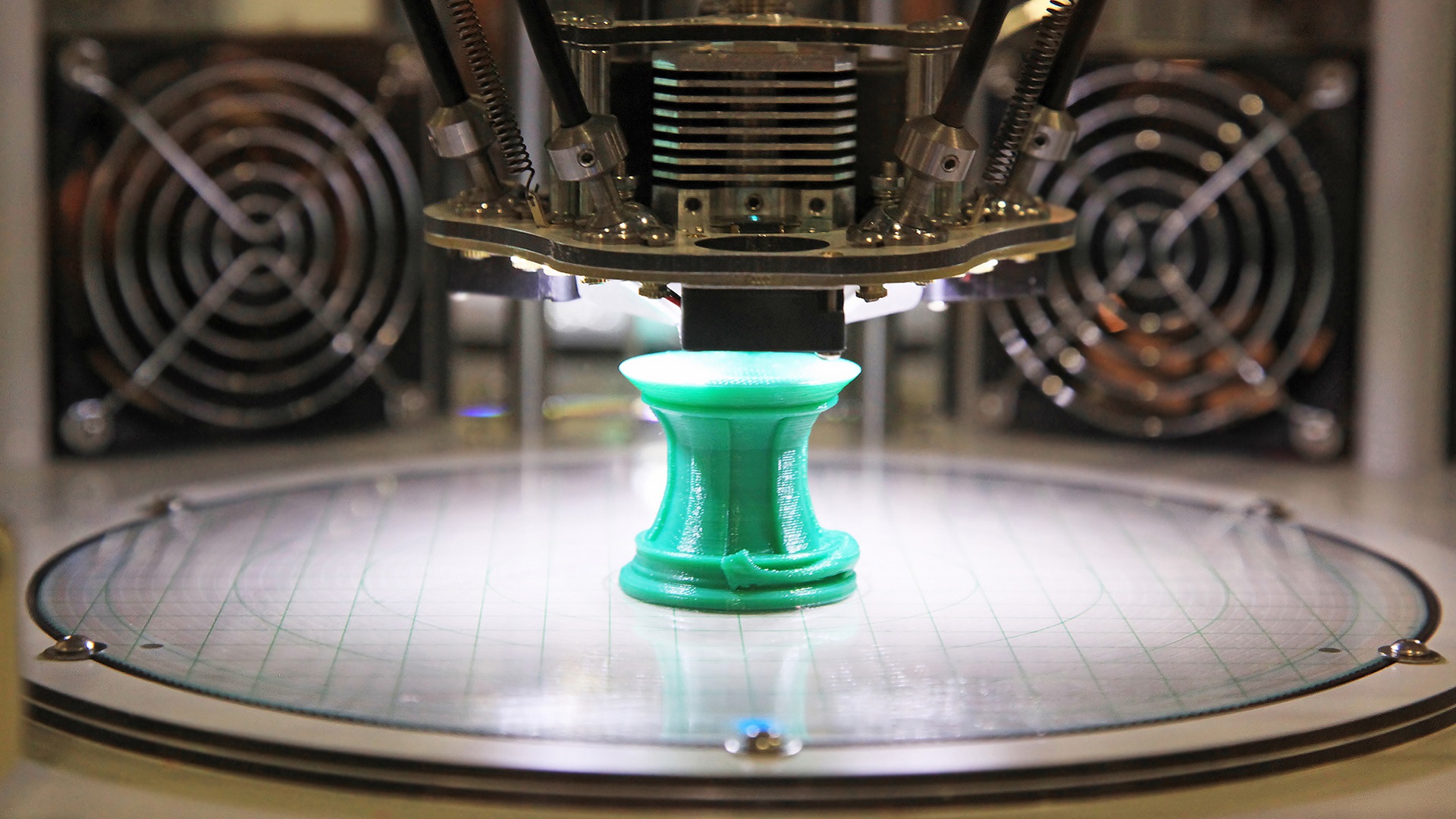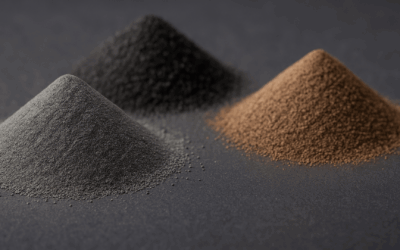As 3D printing technology advances, so does the range of materials available for use in 3D printers. Polymer is one of the most diverse and widely used, with a variety of grades and varieties available for different applications. This article will explore the relationship between polymer and additive manufacturing as well as the various types of polymer that can be used in the production process.
What Is Polymer?
Polymer is a term used to classify materials, specifically ones that are made up of large molecules with repetitive subunits. They can be natural or synthetic, although most people are probably familiar with the term because of its association with plastic. All plastics are polymers, as well as some other synthetic materials like nylon and polyester.
Polymer In Additive Manufacturing: An Overview
Polymer has long been an asset to the manufacturing industry due to its versatility. It is water-resistant, durable, and generally nimble, allowing for use in a range of applications. To date, this includes consumer goods, auto parts, medical implants, and aerospace components.
Recently, the polymer has found its place in 3D printing or additive manufacturing. Producers are using the material in tandem with new technology to craft highly intricate designs that would be difficult, if not impossible to make through traditional means. The extreme precision offered by additive printers combined with the malleability of polymer materials opens the door to new possibilities.
One promising application for polymer 3D printing comes in the form of medical devices and prosthetics. Synthetic materials can be designed to precisely mimic the structure and locomotive relationships of human joints and bones. Prosthetic devices can be produced with incredible attention to detail, allowing for more comfortable and flexible use.
Moreover, polymer 3D printing allows for the production of complex implants that would normally require extensive hand-crafting or machining. Companies are able to produce custom-made implants that cater to patient specifications — such as shape, size, and material composition — in a fraction of the time it would take with traditional manufacturing methods.
These advancements could revolutionize the medical industry, providing a more cost effective and efficient way to manufacture products with short lead times. It may even lead to new treatments or therapies that wouldn’t have been possible before.
Aside from healthcare, 3D printing polymers are also being explored in other industries. Automotive, aerospace and consumer goods companies are all leveraging the technology to create lighter parts with more complex geometries which are ideal for applications such as robotics or drone manufacturing.
Because it’s so cost-effective, polymers can also be used for prototyping. Designers are able to quickly and easily create models of their products to test and refine before committing to a full manufacturing run. This helps save time, money, and resources while still delivering the same quality end product.
Types of Polymer Printing Processes
There are several different types of polymer printing processes out there. For instance, Fused Filament Fabrication (FFF) is one of the most popular forms. This involves melting a filament of polymer and extruding it through a nozzle onto a build platform where it cools and hardens into shape. Another process is called Selective Laser Sintering (SLS) which is a powder bed fusion system that uses laser heat to fuse small particles of polymer material into a solid object.
SLA, DLP, and CDLP are three other examples of polymer printing processes, each leveraging light or laser to systematically cure liquid polymer and build an object.
Exploring the Different Kinds of Polymer Additive Manufacturing Materials
Polymer additive manufacturing has been around since the late 1980s; It’s changed a lot in this time. The past two decades in particular saw major headways for the market, from enhanced technology to expanded access, capabilities and material types. Let’s take a look at the established varieties of polymer used for additive manufacturing?
Resin-Based Polymer
Resin-based polymer is a type of synthetic material composed of an organic component and a resin, or monomer. Monomers can be combined in various ways to create polymers with specific properties and characteristics.
Common varieties include…
Standard Resin: This type of resin is stiff and smooth, particularly ideal for creating parts that need a smooth injection molding-like finish.
Durable Resin: Per its name, durable resin is long-lasting and wear-resistant. It is a flexible material, somewhat similar in nature to Polypropylene.
Tough Resin: Tough resin is often used for applications that require long-term stability and stiffness.
Heat-Resistant Resin: This resin offers superior heat resistance, making it particularly useful for applications like electrical components or molds which require a higher level of heat stability than standard resins.
Rubber-Like Resin: Rubber-like resin is just as it sounds, flexible like rubber. It has a low tensile modulus and can be stretched and compressed multiple times over with little wear.
Rigid Resin: Rigid resins are notably hard, as they’re reinforced with additional fillers. This gives them a higher level of stiffness than other polymers, perfect for applications that require a stiffer material.
Transparent Resin: Transparent resin is often used in applications like jewelry and optical lenses.
Powder-Based Polymer
Powder-based polymer is a class of material that starts out in dry granular form and is combined with a controlled emission of energy to form a polymer. This type of material can be used in the production of parts, tools, or products that have specific characteristics depending on the ingredients used in its formulation. The main advantages of powder-based polymers are their low cost, wide range of colors and textures available, ease of use (especially when compared to liquid resin systems) and versatile performance.
What Is Filament-Based Polymer
Filament-based polymer is arguably the most popular kind, used widely by Fused Deposition Modeling (FDM) machines. It is fed into 3D printers as a spool of tube and then melted to form designs layer-by-layer. There are many subtypes of filament-based polymer, including Polylactic acid (PLA), polycarbonate (PC), and Polyetheretherketone (PEEK). Filament-based polymers are used for a wide variety of applications, such as consumer products, medical devices and tools. Higher-grade varieties like PC and PEEK are common in the fields of engineering and aerospace.
The full potential for 3D printing polymers is still being explored. However, we can look forward to a future where this technology continues to develop, pushing the boundaries of manufacturing in new and exciting ways.
Sign up today for a free Essential Membership to Automation Alley to keep your finger on the pulse of digital transformation in Michigan and beyond.
Automation Alley is a World Economic Forum Advanced Manufacturing Hub (AMHUB) for North America and a nonprofit Industry 4.0 knowledge center with a global outlook and a regional focus. We facilitate public-private partnerships by connecting industry, education and government to fuel Michigan's economy.




